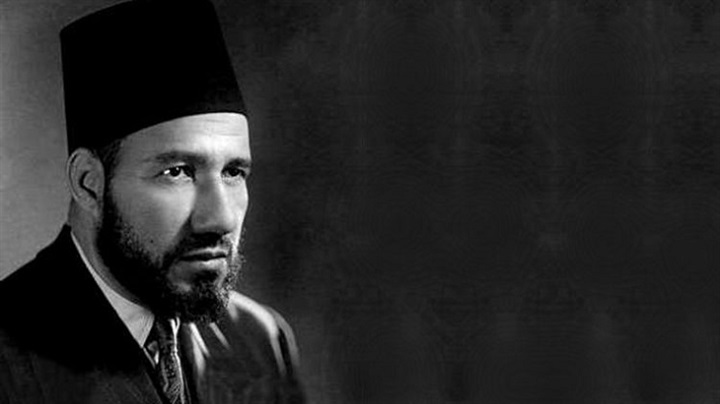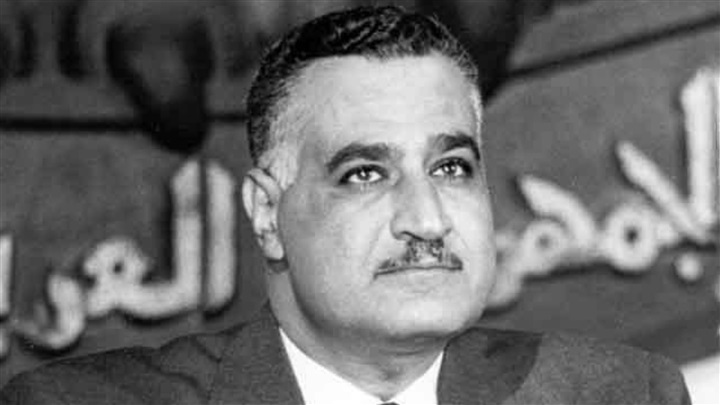Khadra Shaeera and consolidating doctrine of abandonment for the Brotherhood
Saturday 02/February/2019 - 01:10 PM

Doaa Imam
Hassan al-Banna, the founder of the Muslim Brotherhood in 1928, was a student
at his secondary school in Damanhour in the northern governorate of Beheira. He
wanted to lead a student strike in protest against the political situation in
Egypt at that time. The headmaster of the school rejected the launch of any
strikes, but el-Banna insisted on his position and held meetings with the rest
of the students to agree on the implementation of the strike.

The owner of the house in which al-Banna lived was a rural woman who did not know much about political work. Al-Banna enumerated the advantages of participating in such work; saying that she would approach God more with jihad. So, the woman hid him in her house, but what was her reward?
Al-Banna (1906-1949) said in his memoirs: "The committee met in the house of Shaeera in Damanhour, and the police broke into the house asking about us. Her answer was that we left early morning and did not return. This unfaithful answer did not please me and I went out to the officer and told him the truth, and that put Shaeera in a critical situation.”
After el-Banna admitted the damage he caused to the woman who did not refuse his request, disregarding that the damage could have reached to her arrest. He justified his action by saying that he discussed the matter with the officer, and told him that his national duty obliged him to be with them and not to disrupt their work, and arrest them. The police officer heeded his call and left the house. Then, el-Banna said that this happened due to the blessing of truth.
After the death of the founder of the group (1949) and the revolution of 1952, which ended the monarchy in Egypt and proclaimed the republican system, the relationship of the group with late president Gamal Abdel Nasser (1956-1970) was closer to friendship. All the parties were dissolved in 1953 except for the Muslim Brotherhood, and Abdel Nasser turned a blind eye to their activity.

In the beginning, the late president sought to empower the moderate leaders of the group and use them when forming the government. Sheikh Hassan al-Bagouri (then a member of the Guidance Bureau and later defected from the Brotherhood) was chosen to assume the Ministry of Awqaf. The second man in the MB Guidance Bureau Hassan el-Hodeibi asked Al-Baqouri to reject Nasser's request, otherwise he would be dismissed. And then al-Baqouri was dismissed from the group.
Despite Nasser's offer to the group so as not to deviate from the course of preaching, they insisted on proving their ill intentions. A decision was issued to dissolve the group in 1948. Nasser was then subjected to an assassination attempt by the group known as the Manshiyya incident.





